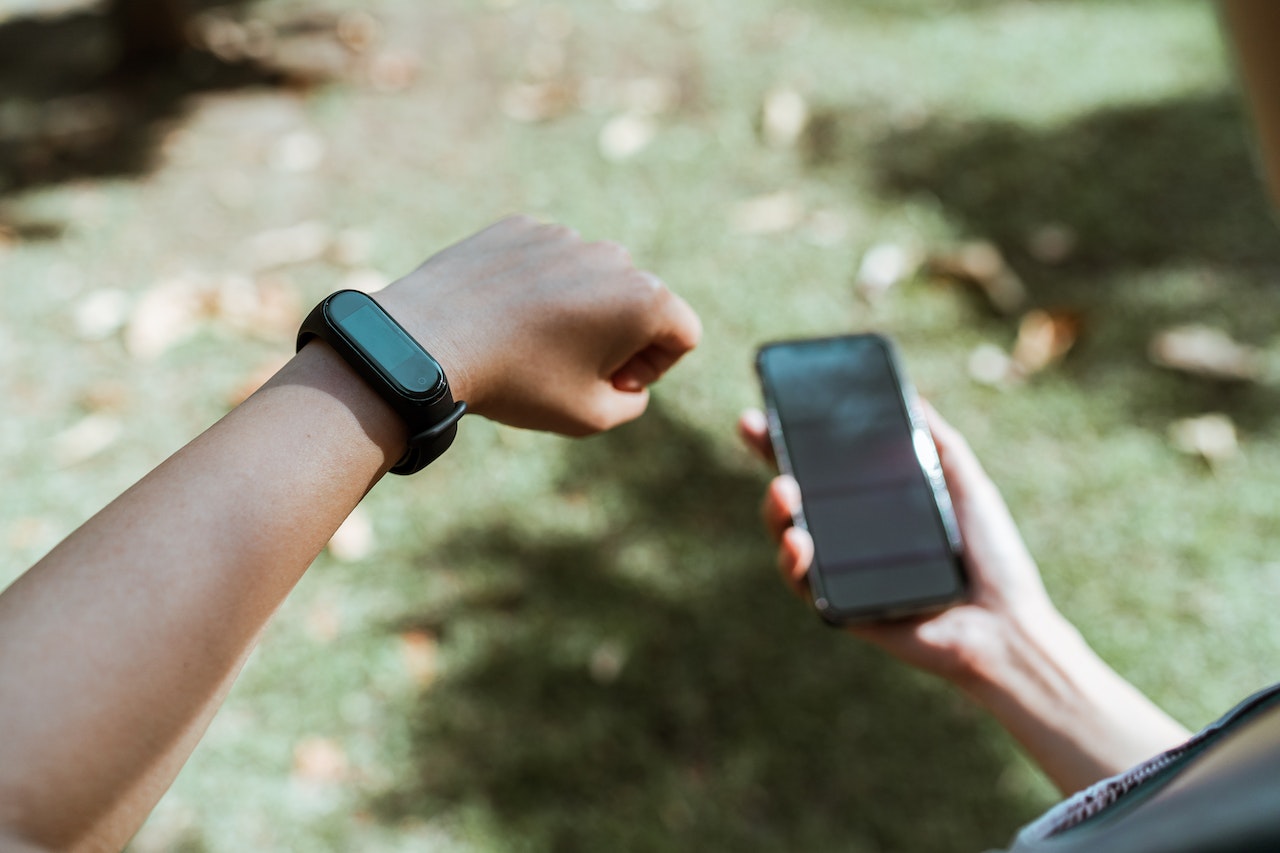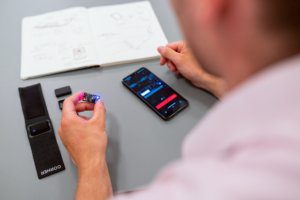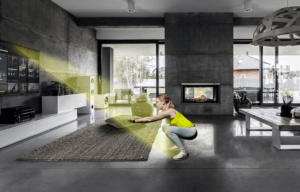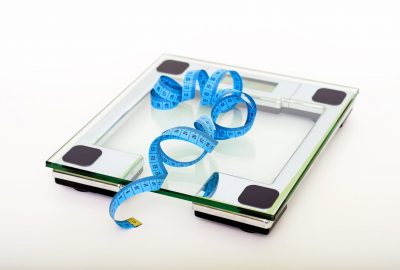Remote physiotherapy is one of the fastest-growing trends in digital health care. The technology supporting this growth has progressed from passive video remote therapy, to wearable sensors tracking patient motion, to totally sensorless systems that correct motion and deliver treatment based on live movements. The development of sensorless motion tracking technology has opened many doors in the field of remote physiotherapy. Making live, adaptive feedback and corrective guidance possible using artificial intelligence and computer vision — sensorless systems are changing how we monitor and treat patients remotely.
Motion tracking is unlocking remote physiotherapy
The ability to track the movement of the patient and provide relevant feedback is crucial for the success of any physiotherapy protocol. To be effectively delivered and scaled, the technology supporting remote physiotherapy needs to be simple, efficient, and cost-effective. It should be easy to use and provide visual feedback on a patient’s movements without requiring an actual therapist to review the sessions live. The associated software should be capable of generating corrective feedback that is tailored especially for each patient. Today there are two predominant ways of providing motion tracking and adaptive feedback – Sensor-based systems and Sensorless technology.
Sensor-based vs sensorless motion tracking system
Sensor-based tracking systems use sensors placed directly on the patient’s body to track and analyze motions. The approach uses an array of accelerometers and gyroscopes to measure the orientation of a patient’s body parts in space. The data is then processed by computer algorithms to track the movement and provide visual feedback. The accuracy of this method could yield unreliable readings because the patient must place and set sensors on their body correctly to get accurate results. In addition, most sensor-based products tend to have a limited number of sensors, which means that they cannot be used to track all relevant body points such as shoulder blades or spine, thereby lowering the accuracy and reliability of the remote therapy. Due to the limited number of sensors at their disposal, companies that use sensor-based technology are often unable to scale. Patients who encounter the complexity of sensor-based motion tracking tend to lose motivation when they have to wear multiple devices throughout their sessions.
The high cost of sensors, shipping requirements and maintenance can make sensor-based systems expensive for providers and patients. Most often, this expense finally trickles down to the patient, making remote physiotherapy using sensors complex and economically unattractive.

Alternatively, sensorless tracking systems use cameras and computer vision software to track the movements of a patient without any additional hardware other than personal devices such as a phone, a tablet or a laptop. The approach relies on identifying human body in a similar way to the human eye and modeling, or understanding human kinematics to provide corrective feedback for specific exercises. Sensorless tracking systems are much cheaper and easier to implement but require advanced mathematics and computer vision algorithms to provide accurate tracking. In order to provide high-fidelity corrective feedback, sensorless tracking algorithms require large datasets of human movement with known ground truth. However, with the advancement of artificial intelligence (AI), new sensorless tracking systems have been developed that provide accurate and reliable results at a markedly lower cost. Since there is no additional hardware or complexity of sensor placement and calibration, sensorless systems can be easily scaled and deployed. Some computer vision platforms can also identify a much larger number of body points than sensor based systems
Kemtai leading the sensorless revolution
Sensorless motion tracking systems coupled with AI are therefore applicable to a great many fields. They are simple to use, efficient, economical, and more comfortable than sensor-based systems. Sensorless systems are also to be reliable, accurate, and require no maintenance – making them an excellent choice for the needs of digital MSK and remote physiotherapy.
With a proprietary AI and advanced Computer Vision analyzing human motion, Kemtai’s technology provides adaptive personalized experience to every user with real-time feedback on the browser without requiring any accessories, sensors, or expensive devices. Kemtai’s technology can be easily integrated with existing physiotherapy and fitness offerings to provide advanced services, and effective scaling free of the availability of sensors and other hardware.
Kemtai offers sensorless computer vision-based technology, which could turn any device with a camera into an at-home personal physical therapist. The technology analyzes 111 points on the patient’s body, placing Kemtai’s Motion Intelligence Platform at the forefront of the sensorless revolution for remote physiotherapy.



